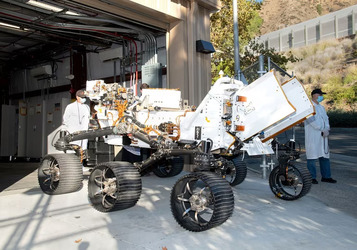The week's pick
Random Articles
Reseach Article
Disease Prediction System using Data Mining Hybrid Approach
| Communications on Applied Electronics |
| Foundation of Computer Science (FCS), NY, USA |
| Volume 4 - Number 9 |
| Year of Publication: 2016 |
| Authors: Rahul Patil, Pavan Chopade, Abhishek Mishra, Bhushan Sane, Yuvraj Sargar |
 10.5120/cae2016652154
10.5120/cae2016652154
|
Rahul Patil, Pavan Chopade, Abhishek Mishra, Bhushan Sane, Yuvraj Sargar . Disease Prediction System using Data Mining Hybrid Approach. Communications on Applied Electronics. 4, 9 ( April 2016), 48-51. DOI=10.5120/cae2016652154
Abstract
Earlier as well as nowadays also, the doctors are using trial and error approach for predicting the diseases based on clinical investigations available. To predict the diseases is one of the major challenge in past years and today also. There is great need of some system that predicts the diseases early on the basis of available symptoms and patients health. Because of this it will become possible to cure the people from hazardous diseases which may lead the humans to death for e.g. Cancer, AIDS etc. We are a proposing system which is based on combination of different data mining techniques such as clustering, classification etc. that are useful to predict the patient’s disease state. The patient's disease states can be find out by formalizing the hypothesis based on test results and symptoms of the patient before recommending treatments for the prevailing diseases. The basic aim of our system is to assist doctors in diagnosing the patient by analyzing his available data and relevant information.
References
- Han and M. Kamber, “Data mining: concepts and techniques,” 2nd ed. San Francisco: Morgan Kaufinann, Elsevier Science, 2006.
- World Health Organization, Available :http//www.searo.who.intlen/SectionIOI
- Sofianita Mutalib, Nor Azlin Ali, Shuzlina Abdul Rahman and Azlinah Mohamed, “An Exploratory Study in Classification Methods for Patients Dataset,” International Conference on Data Mining and Optimization, 2009, pp. 79-83.
- Shameem A. Fathima and Nisar Hundewale, “Comparitive Analysis of Machine learning Techniques for classification of Arbovirus,” International Conference on Biomedical and Health Informatics, Hong Kong and Shenzhen, China,Jan 2012
- Extensions to the k-Means Algorithm for Clustering Large Data Sets with Categorical Values.
- Archana L. Rane “Clinical Decision Support Model for Prevailing Diseases to Improve Human Life Survivability” 2015 International Conference on Pervasive Computing (ICPC)
- Osama Abu Abbas, “Comparison between data clustering algorithms”, The Internantional Arab Journal of Information Technology, vol.5, No.3, July 2008
Index Terms
Keywords

